Entry Category: Civil Rights and Social Change - Starting with G
 Garden Party
Garden Party
Gardner, Jeff (Lynching of)
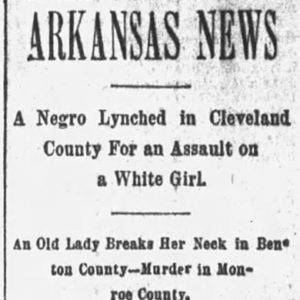 Jeff Gardner Lynching Article
Jeff Gardner Lynching Article
Garner, Margaret “Peggy”
Gary v. Stevenson
George (Lynching of)
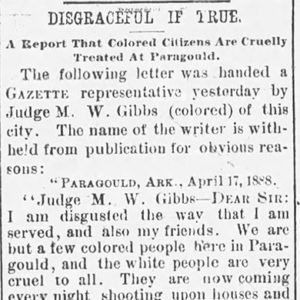 Gibbs Letter
Gibbs Letter
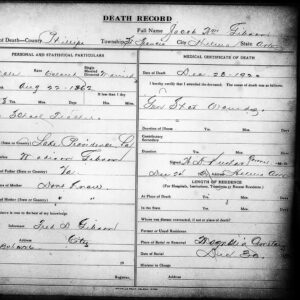 Gibson Death Record
Gibson Death Record
Gibson, J. W. (Murder of)
Gilbert, John (Lynching of)
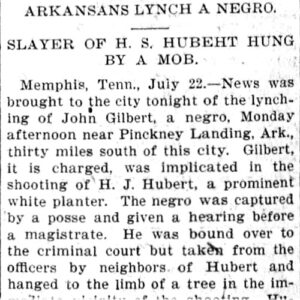 John Gilbert Lynching Story
John Gilbert Lynching Story
Giles, Albert
Gilmore, Felix (Lynching of)
Good Government Committee (Little Rock)
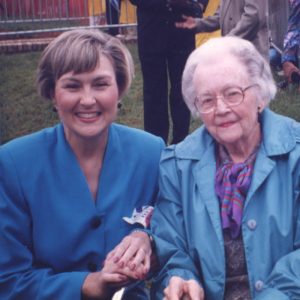 Gordy and Huckaby
Gordy and Huckaby
Gould, Godfrey (Lynching of)
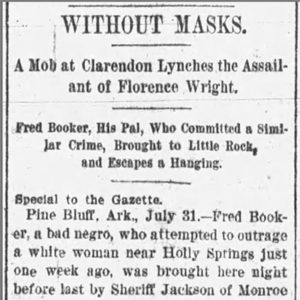 Godfrey Gould Lynching Article
Godfrey Gould Lynching Article
Graves, Levi (Lynching of)
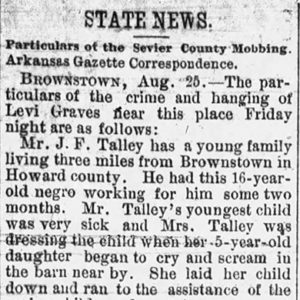 Levi Graves Lynching Article
Levi Graves Lynching Article
Great Migration
Great Southwestern Strike
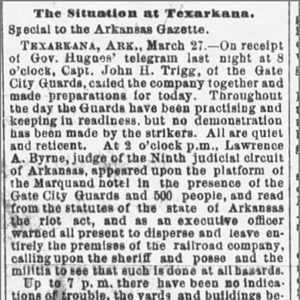 Great Southwestern Strike Article
Great Southwestern Strike Article
Green (Lynching of)
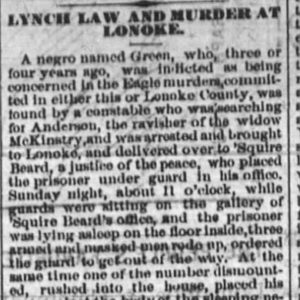 Green Lynching Article
Green Lynching Article
 Green Marker
Green Marker
Green, Carolyn Jean
 Carolyn Jean Green
Carolyn Jean Green
Green, Crane (Lynching of)
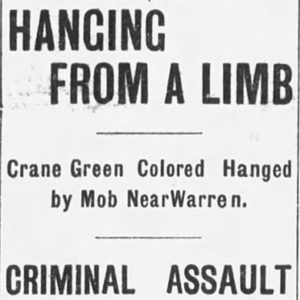 Crane Green Lynching Article
Crane Green Lynching Article
Green, Ernest Gideon
Green, Marlon DeWitt
Green, Steve
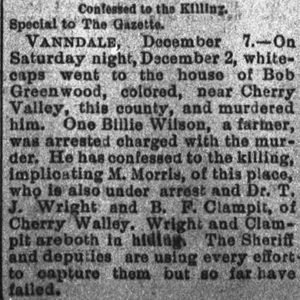 Bob Greenwood Lynching Article
Bob Greenwood Lynching Article
Greenwood, Bob (Lynching of)
Greer, William Ezra
Gregory, Dick (Arrest of)
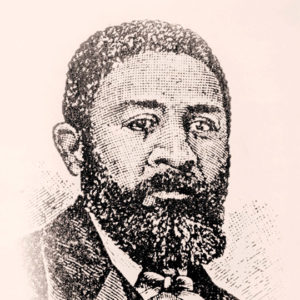 William H. Grey
William H. Grey
 William Henry Grey Gravesite
William Henry Grey Gravesite
Grey, William Henry
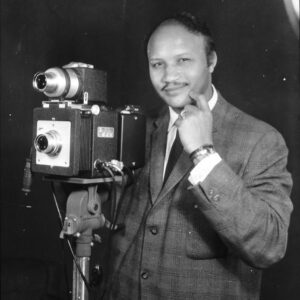 Geleve Grice
Geleve Grice
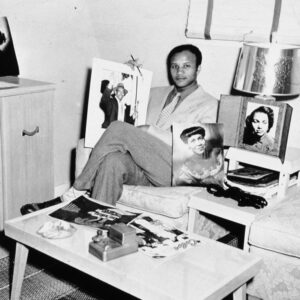 Geleve Grice in Studio
Geleve Grice in Studio
 Grice Studio
Grice Studio




